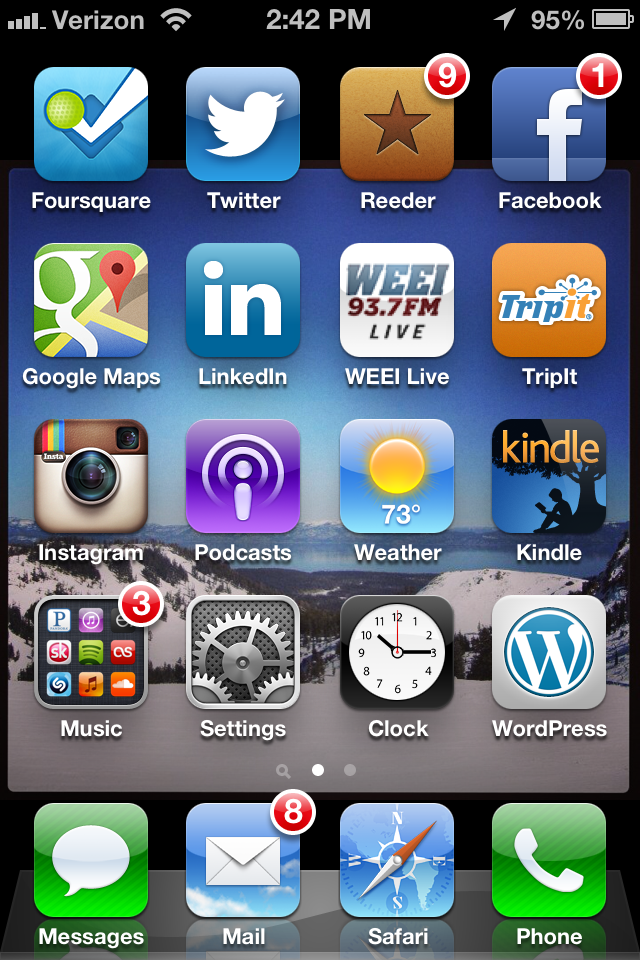Changing Healthcare: Structure & Culture
When we think about moving healthcare from a model that is focused on treating sick people (big buildings with lots of beds and lots of drugs and complex procedures) to a model that is focused on keeping people healthy (community-based primary care offices where patients can monitor and manage their health), we must consider two important questions:
- Will the public and our politicians allow our treasured hospitals to close or restructure, enabling large healthcare providers to re-position themselves for the future?
- Will patients actually pursue and engage in preventative care (e.g. get their annual physicals, cancer screenings, etc.) or will they continue to wait until they're already sick before seeking care?
Regarding the second question, I met with a healthcare executive last week that worked with the Saudi Arabian government when they were going through their transition from treating the sick to providing community based primary care. He told me that he warned people over there that, despite their best efforts, it wasn't going to work. Because even if you tell people they must come in for their annual check-up, they won't do it unless they're sick.
The Saudi Arabian government responded by saying, "oh, trust us, if we tell them to come in, they'll come in."
It turns out they were right -- patients do come in when the doctor tells them to come in.
Because an enormous part of the population over there receives their monthly paycheck from the government, they're much more engaged and compliant when the government (e.g. their physician) asks them to do something.
Obviously American culture is much different.
It's critical that we recognize the substantial structural and cultural change that must occur before we truly reform the U.S. healthcare system. This isn't going to be easy.


